of the UIAA
General Assembly
half a million climbers
bulletin
development of Safety Standards
established
50th anniversary of the UIAA
competition
by the International Olympic Committee (IOC)
established
Ice Climbing World Tour
of the UIAA
UIAA represents 1.5 million climbers
Mountain Protection Award
and nearly 3 million climbers
UIAA Rock Climbing Festival Award founded
89 member federations in 68 countries
Foundation & Early Years
1932-1945
Extending Influence
1945-1960s
Creation of Safety Label
1960s
Environmental Commitment
1970-80s
Competition Sports
1990s
Changing Times
2000s
International Projects & Partnerships
2010s
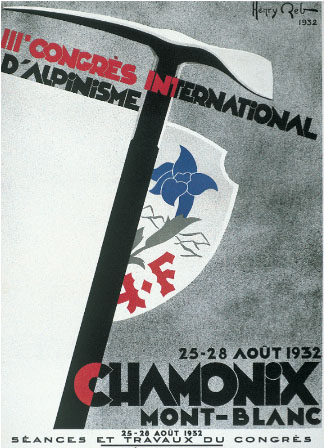
1932-45
Foundation & Early Years
The history of the UIAA began in Chamonix, France in August 1932, when 20 mountaineering associations met for an alpine congress. They decided to found an international federation which would be in charge of the “study and solution of all problems regarding mountaineering”. No small task one could say.
One of those problems was the lack of a universal climbing grade system, which was finally resolved with the creation of the UIAA climbing grade 40 years later. Count Charles Egmond d’Arcis from Switzerland became the first president and he gave the new federation the name UIAA – Union Internationale des Association d’Alpinisme.
Between 1933 and 1939 the UIAA produced more than 25 detailed written reports on various topics. Many of these are still relevant for our organisation today, such as mountaineering education for youth groups, avalanche studies and the protection of mountains.
Despite increasing political instability, 11 organisations met for a General Assembly in Zermatt, Switzerland nine days before the outbreak of the Second World War. During the war, however, there was little contact between the members, although some could get in touch with the UIAA by post.
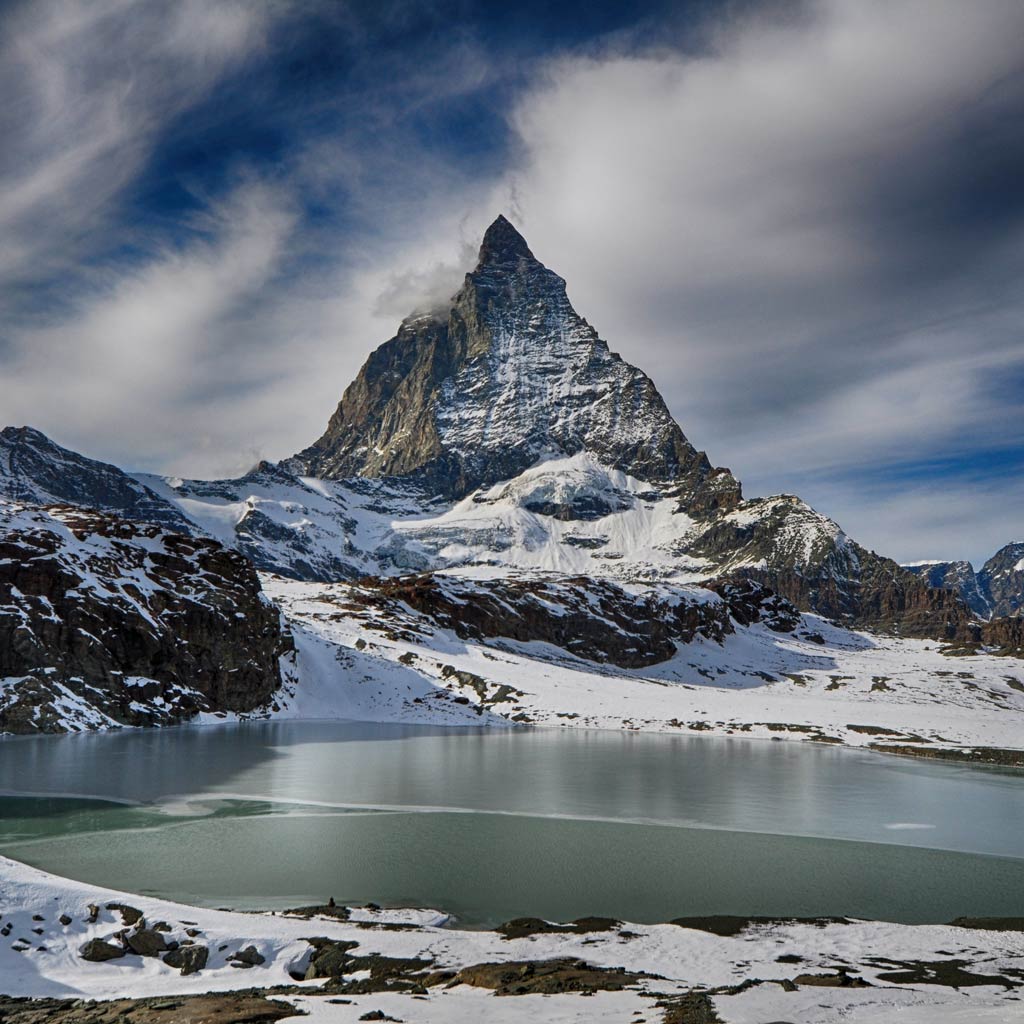
1945-60s
Extending Influence
When peace came, President d’Arcis made a great effort to reconstruct the federation. He believed that mountaineers and the UIAA could have an important role in the “moral reconstruction of the world”. In 1947 the UIAA had its first post-war General Assembly, and by 1950 it had grown to represent a total of half a million climbers. The UIAA Bulletin was created in 1957 and the development of safety standards and the testing of ropes started in 1960. The first rope testing machine was in fact invented by the head of the UIAA Safety Commission.
Another significant measure in the 1960s was to stop a proposed Italian project to construct a cable car to the summit of the Matterhorn and a Swiss plan to build a railroad to the top of the Jungfrau. Both of these protests were successful, but the UIAA could not prevent other projects, such as the construction of cable cars in France (Aiguille du Midi to Col du Géant connection) and Switzerland (Mount Pilatus).
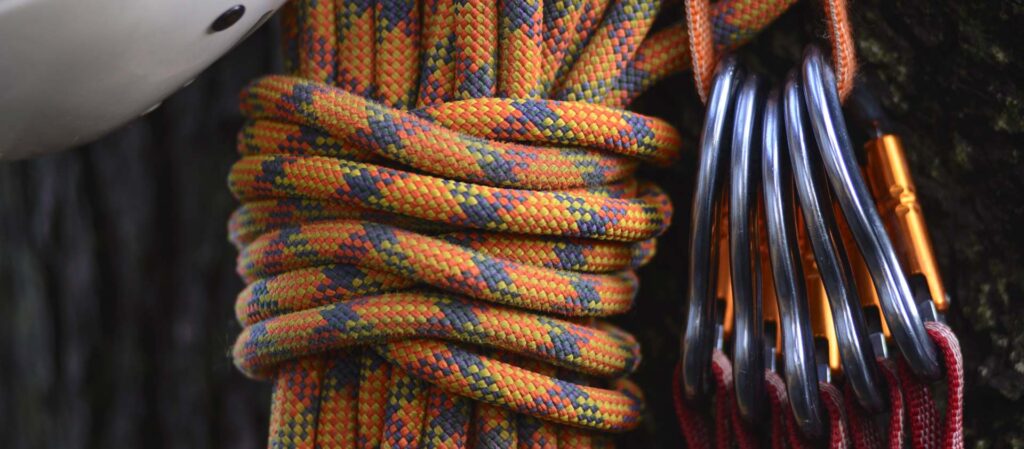
1960s
Creation of Safety Label
In 1960 the UIAA Safety Label for mountaineering equipment was created, and it was approved internationally in 1965. The Label required a logo, and as the job had to be done quickly, committee member Jean Juge asked his son to draw a mountain, then added the letters UIAA and the circle. Mountaineers now knew what symbol to look for when buying equipment, and for many young mountaineers, seeing that logo is their first encounter with our federation.
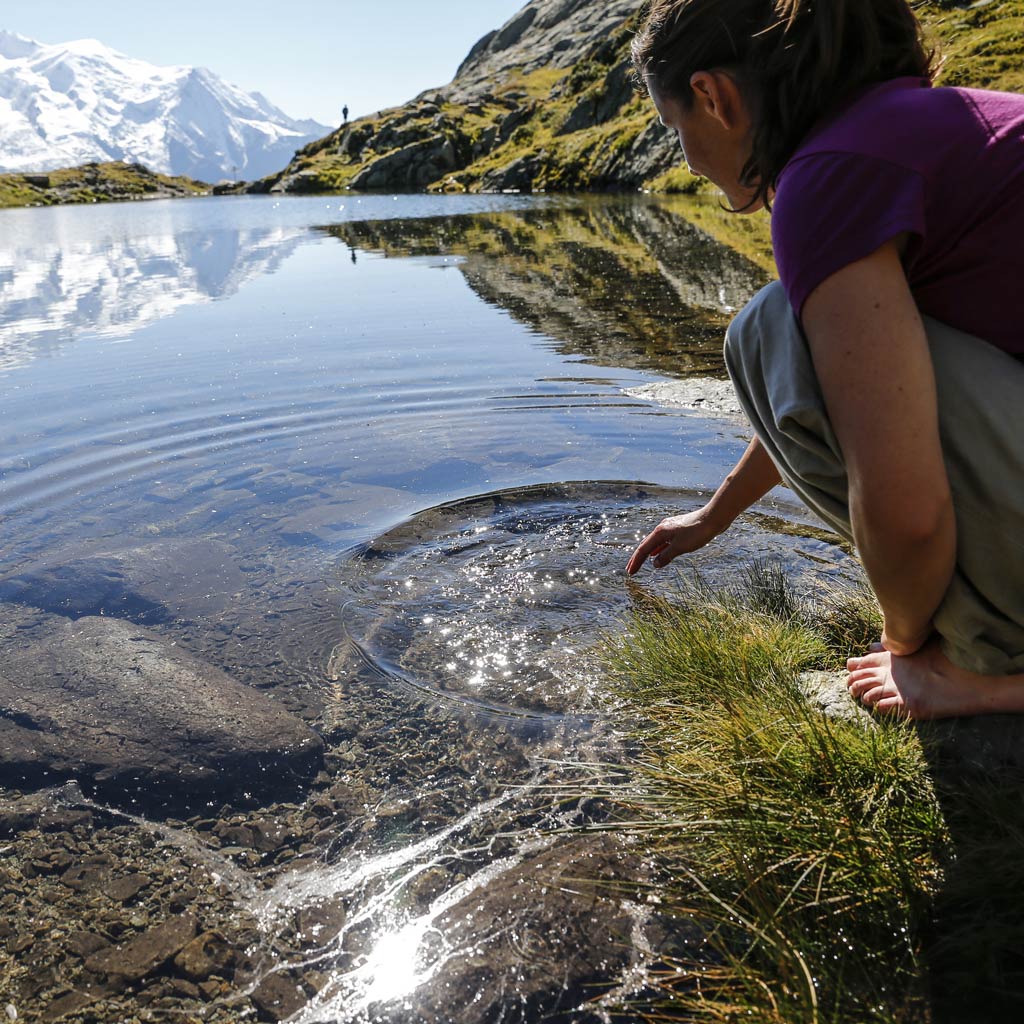
1970-80s
Environmental Commitment
In the 1970s and early 1980s, there was an increased awareness of the environmental impact on the mountain regions, which in 1982 resulted in the UIAA Kathmandu declaration; a call for action against the degradation of mountains. The Safety Commission developed standards for carabiners, helmets and harnesses and in 1982 the golden anniversary was celebrated in Chamonix and Kathmandu. Another important issue was access to mountains. The UIAA also agreed on a 7th grade of difficulty on the climbing scale.
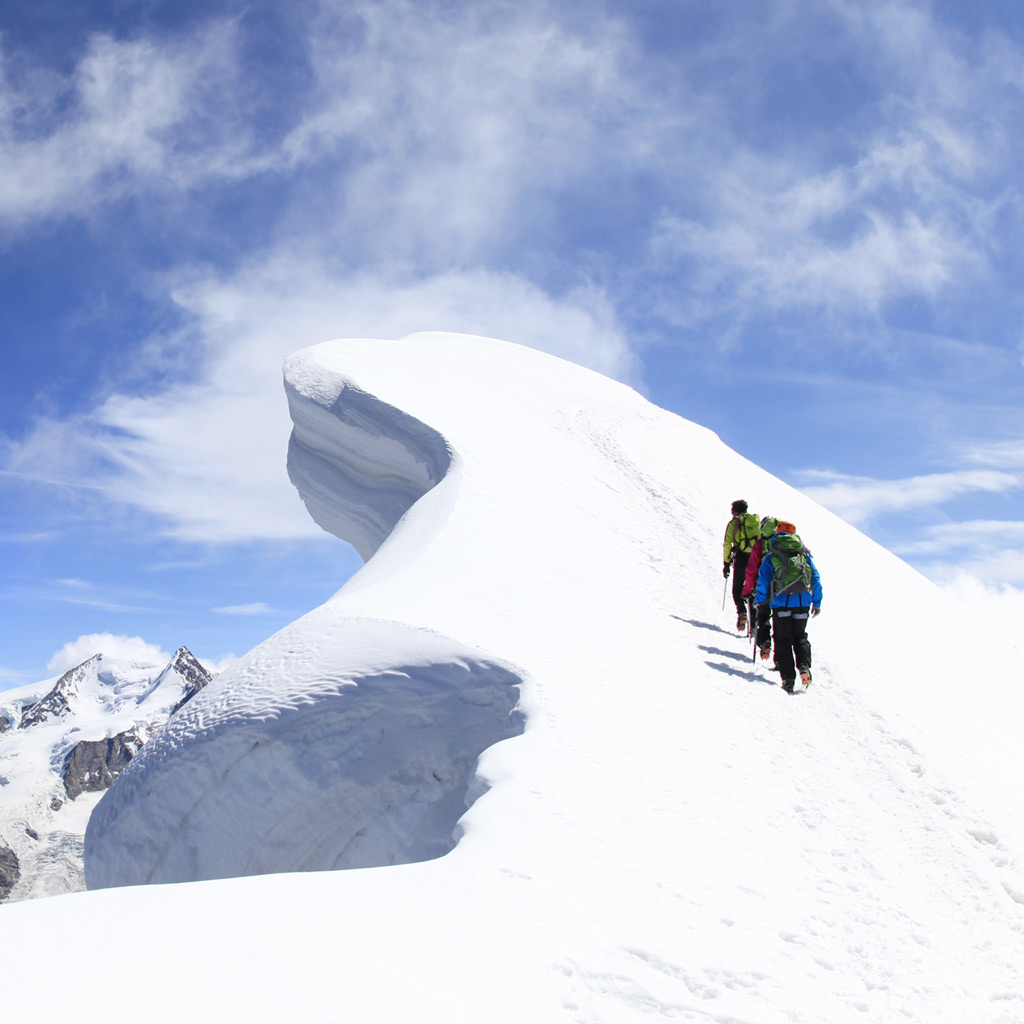
1990s
Competition Sports
In the early nineties, the first climbing competition World Cup was held, laying the ground for our competitive sports. There was an increased awareness about ethical issues related to mountaineering and the General Assembly unanimously adopted a motion against sightseeing flights in mountains. In 1995, the International Olympic Committee confirmed that the UIAA was recognised as the federation representing mountaineering sports. The UIAA also published a multilingual dictionary of mountaineering terms, making it easier for climbers from different countries to communicate. In 1999, the UIAA’s International council for ski mountaineering competitions (ISMC) was created and in 2003 a commission for ice climbing competitions was formed. In 2002 the UIAA published a “Summit Charter” describing the values and principles of the organisation. In this decade an 8th grade on the UIAA scale was also created.
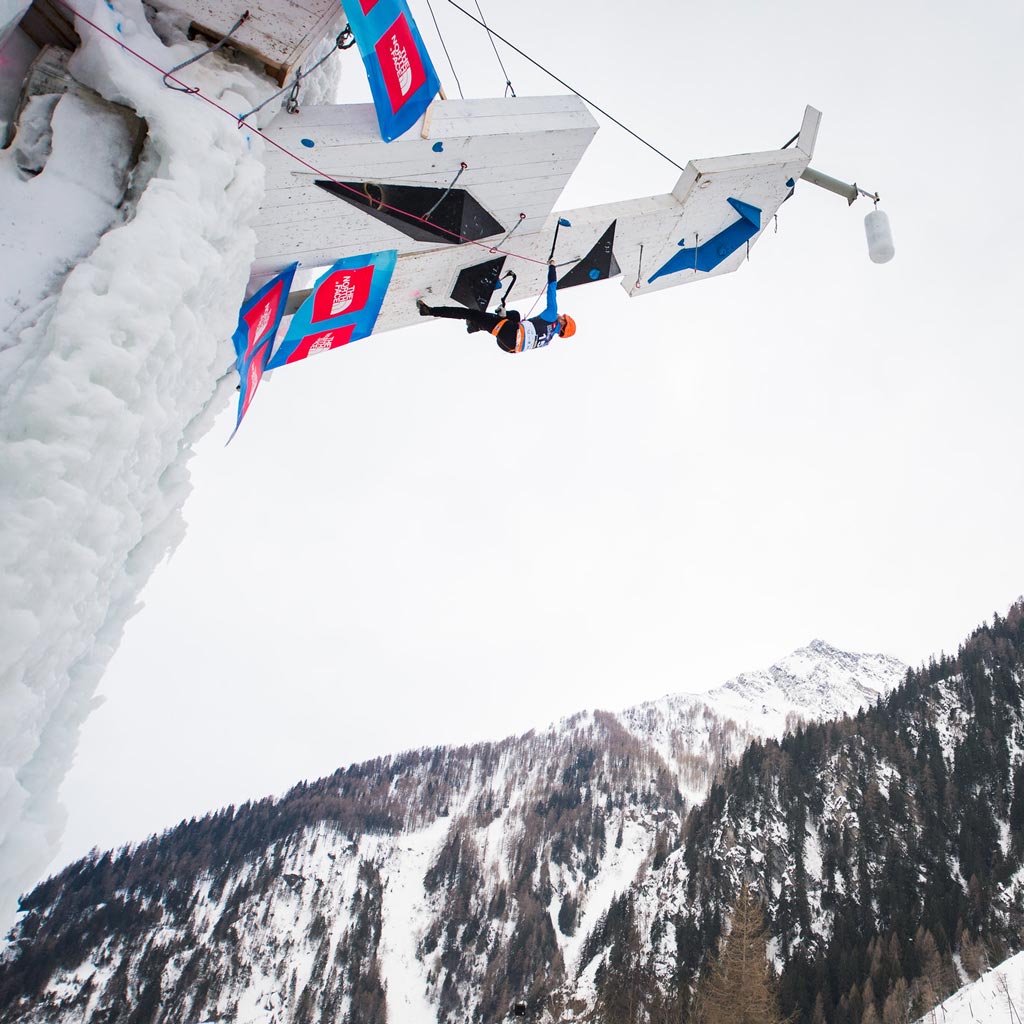
2000s
Changing Times
After some turbulent years of struggle between representatives of competition sport climbing and representatives of traditional climbing the UIAA made the decision at the 2006 General Assembly to allow the competitive part of sport climbing to leave the federation. This lead in 2007 to the founding of an independent international federation for sport climbing competition, the IFSC. In 2008 the members of the UIAA ski mountaineering competition council decided by one vote difference to leave the UIAA and create a separate international federation, the ISMF. Ice climbing competitions remained a part of the UIAA. The UIAA has organised the UIAA Ice Climbing World Tour since 2002. The competition is typically held across three continents and comprises up to six events. In 2007 the UIAA celebrated its 75th anniversary and counted 85 member federations worldwide.

2010s
International Projects & Partnerships
In 2009, the UIAA at its General Assembly approved the Mountain Ethics Declaration, a code for mountaineering values, spelling out sportsmanship ethics and respect for cultures and the environment.
The return of the alpine clubs from German and Austria have almost doubled the UIAA’s membership and the UIAA continued to forge ahead with new initiatives that stay true to its principals as well as establishing more international partnerships and events.
These activities include the popular Global Youth Summit event series that the UIAA organisers with support from Association of IOC Recognised International Sports Federations (ARISF), a Mountain Medicine Diploma programme, a Mountain Protection Award, the training skills Mountain Qualification Label , Respect the Mountains and the UIAA Rock Climbing Festival Awards. Towards the end of the decade, the UIAA invested significant time in establishing its strategic direction, principally built around the pillars of safety, sport and sustainability.
BY PIERRE BOSSUS
TRANSLATED BY ANDREW JOHN KAUFMAN

